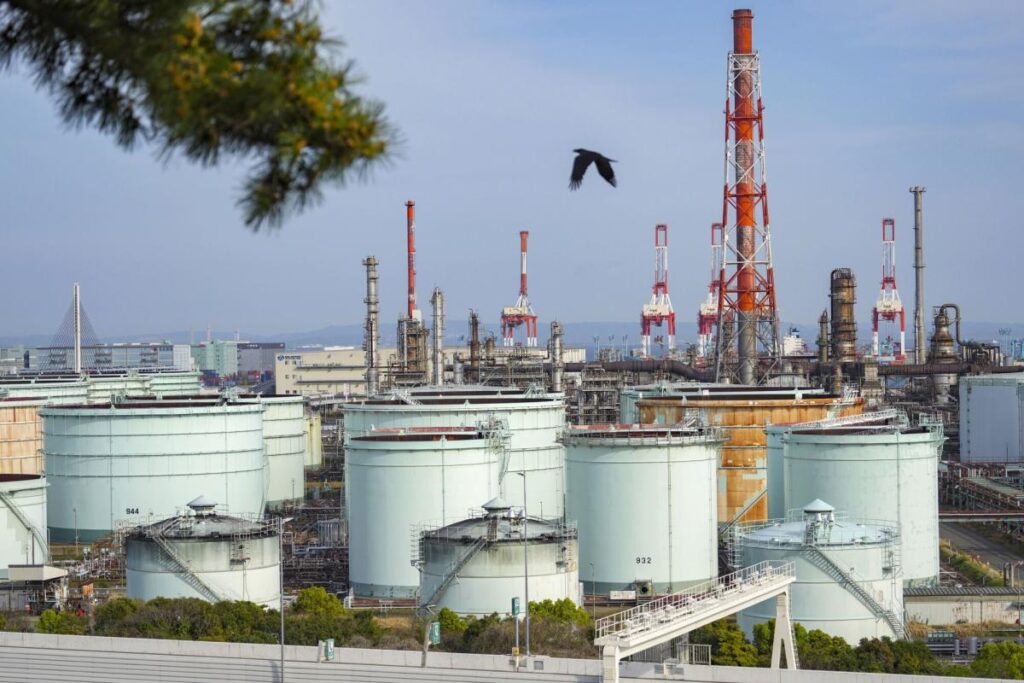Oil prices experienced a slight uptick after witnessing their first gain in five sessions, primarily influenced by geopolitical events in the Middle East, notably the killing of Hamas leader Yahya Sinwar. Brent crude hovered near $75 per barrel, while West Texas Intermediate (WTI) was around $71. The assassination of Sinwar by Israeli forces prompted U.S. President Joe Biden to advocate for a cease-fire in Gaza, although Israeli Prime Minister Benjamin Netanyahu contended that military operations “are yet to be completed,” indicating a sustained conflict in the region. This backdrop of tension in the Middle East continues to play a significant role in shaping oil market sentiment.
The recent increase in oil prices was also supported by a report indicating a decrease in U.S. oil stockpiles, which fell by 2.19 million barrels in the previous week. This reduction signals robust consumption in the United States, the world’s largest crude oil consumer. Traders were particularly attentive to this data point, as it reflects underlying demand health amid broader market uncertainties. On Friday, market participants were also focused on upcoming economic data from China, the largest importer of crude oil. Insights into China’s consumption patterns are critical for gauging global oil demand, which exerts a significant influence on price trends.
Despite the uptick in oil prices, Brent crude experienced a decline of over 5% during the week, particularly after substantial losses earlier in the week. The bearish sentiment was underpinned by a reduction in fears that Israel would escalate its military actions against Iran’s energy sector following a recent conflict escalation. Market participants were reassured that immediate risks to supply from Iran had lessened, calming jitters that typically spike during periods of heightened Middle Eastern tensions. Traders’ focus now shifts to demand forecasts as they assess the global supply and demand balance.
Adding to the cautious outlook for oil markets, there are growing concerns about softening demand growth which may be outpaced by rising oil supply from non-OPEC+ sources. As production ramps up outside this coalition, particularly in regions such as North America, the global oil landscape is adjusting, creating a potential oversupply situation. These dynamics are critical as they highlight the challenges the oil market faces, especially as countries attempt to navigate the complex interplay of geopolitical tensions and stabilizing supply levels.
In the broader economic context, the anticipated Chinese economic data is significant and could provide clarity on the rate of recovery in one of the world’s largest economies. Traders and analysts are particularly keen to detect any shifts in consumption patterns, which play a vital role in influencing global oil prices. The Asian market, especially China’s demand for oil, can dramatically sway the dynamics of the oil industry, given its status as a major player in the global energy landscape.
Overall, oil market participants are currently navigating through a maze of factors, from geopolitical tensions in the Middle East to rising supply concerns and softening demand signals emerging from key economies like China. While recent price movements indicate some resilience in oil markets, the underlying pressures stemming from potential oversupply and geopolitical uncertainties necessitate cautious monitoring by traders and policymakers alike. As the situation continues to develop, the focus remains on how these elements will interact and shape the future trajectory of oil prices amidst a complex and rapidly changing global energy environment.

